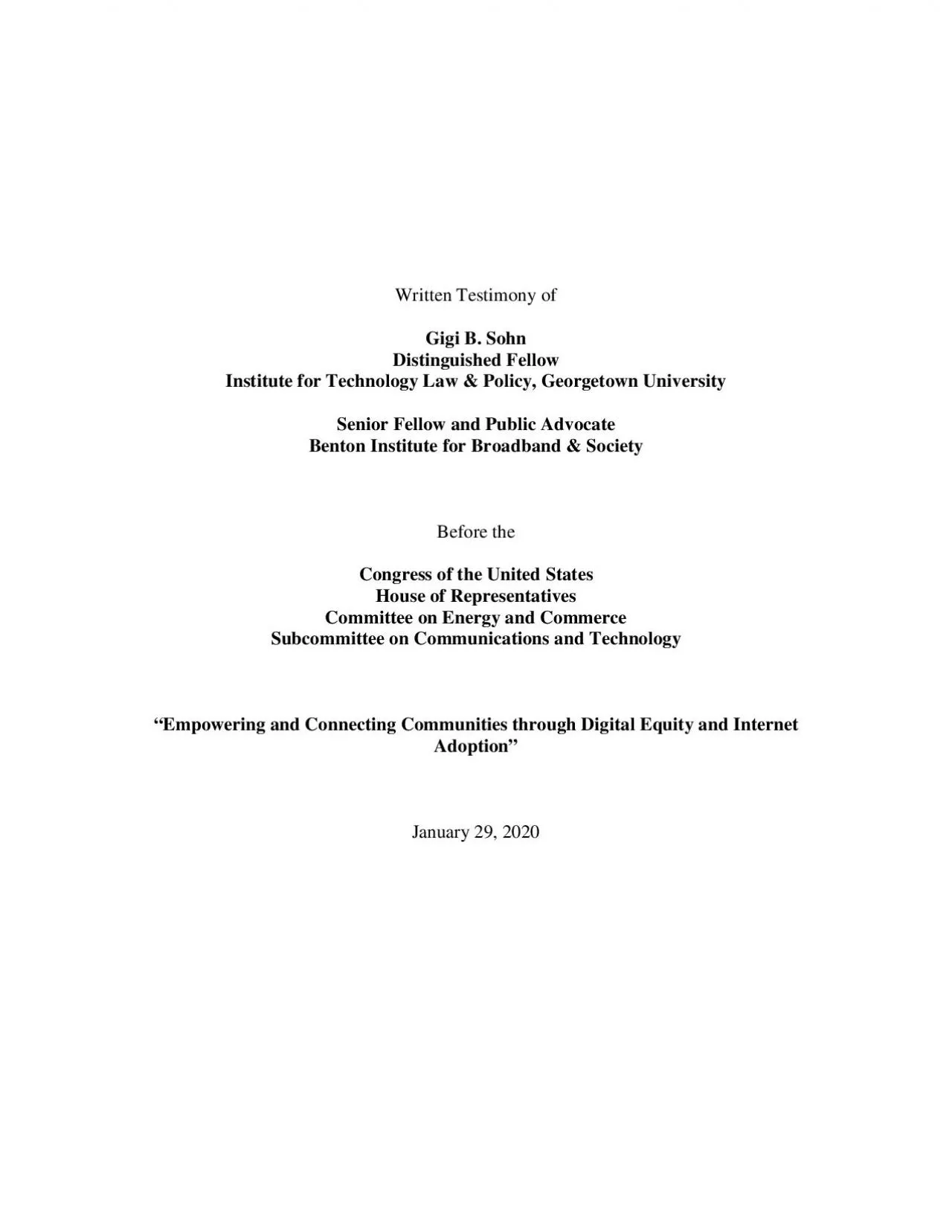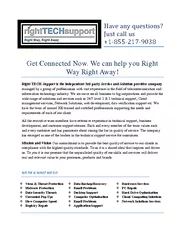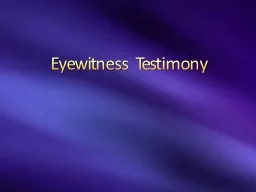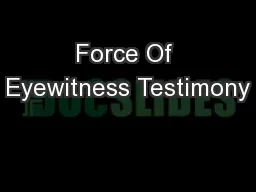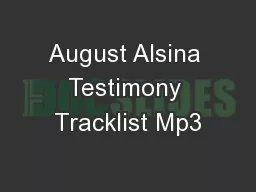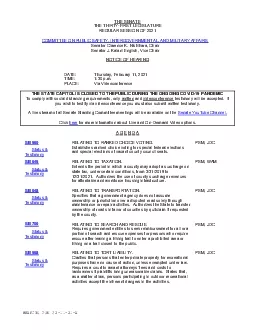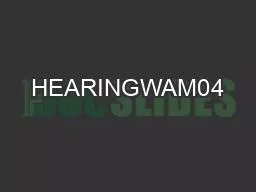PDF-Written Testimony ofGigi B. SohnDistinguished FellowInstitute for Tech
Author : priscilla | Published Date : 2020-11-23
1 Chairman Doyle Ranking Member Latta Chairman Pallone Ranking Member Walden and esteemed members of the subcommitteey name is Gigi Sohn I am a Distinguished Fellow
Presentation Embed Code
Download Presentation
Download Presentation The PPT/PDF document "Written Testimony ofGigi B. SohnDistingu..." is the property of its rightful owner. Permission is granted to download and print the materials on this website for personal, non-commercial use only, and to display it on your personal computer provided you do not modify the materials and that you retain all copyright notices contained in the materials. By downloading content from our website, you accept the terms of this agreement.
Written Testimony ofGigi B. SohnDistinguished FellowInstitute for Tech: Transcript
Download Rules Of Document
"Written Testimony ofGigi B. SohnDistinguished FellowInstitute for Tech"The content belongs to its owner. You may download and print it for personal use, without modification, and keep all copyright notices. By downloading, you agree to these terms.
Related Documents

